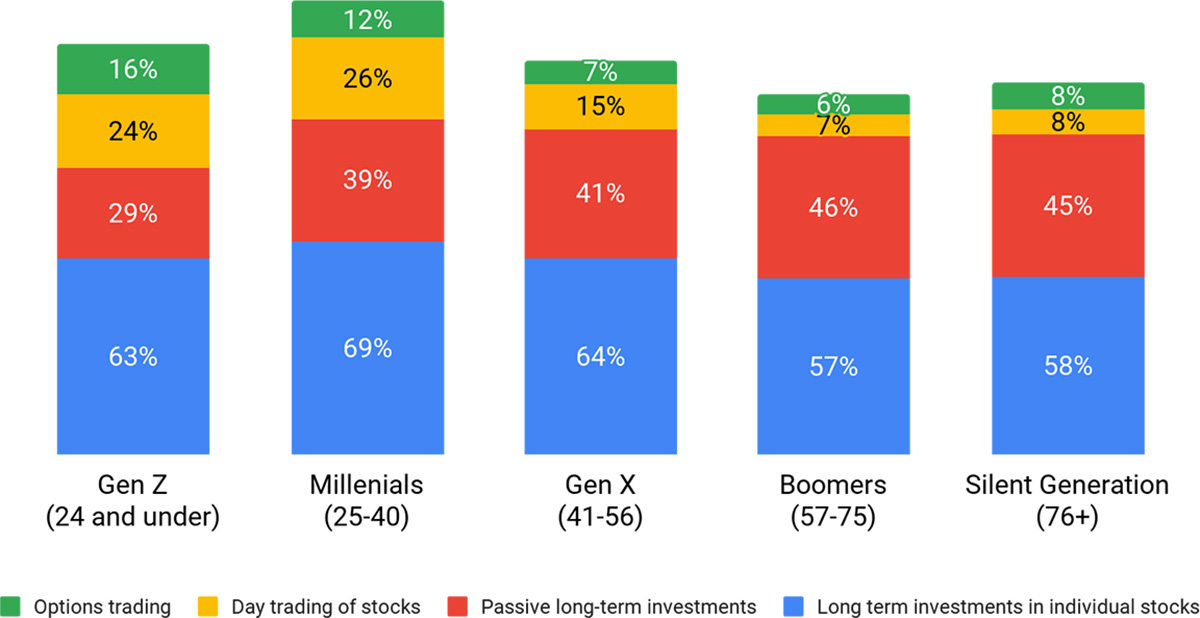Home>Finance>What Is Survivorship Bias? Definition And Use In Investing


Finance
What Is Survivorship Bias? Definition And Use In Investing
Published: February 4, 2024
Learn the definition of survivorship bias in finance and how it is used in investing to avoid common pitfalls.
(Many of the links in this article redirect to a specific reviewed product. Your purchase of these products through affiliate links helps to generate commission for LiveWell, at no extra cost. Learn more)
What is Survivorship Bias? Definition and Use in Investing
When it comes to investing, it’s important to make decisions based on accurate and reliable information. However, there is a common pitfall that many investors fall into, known as survivorship bias. This bias occurs when only the successful or surviving elements of a group are taken into account, while the failures or non-survivors are overlooked or ignored. In this blog post, we will delve into the definition and use of survivorship bias in the world of finance and investing.
Key Takeaways:
- Survivorship bias is the tendency to focus only on successful outcomes, while disregarding failures or non-surviving elements.
- Survivorship bias in investing can lead to skewed perceptions and misguided investment decisions.
In the realm of investing, survivorship bias can be detrimental to the decision-making process. It can create a distorted perception of success, leading investors to make choices based on incomplete or skewed information. To understand this concept better, let’s dive into a real-life example:
Imagine there is a mutual fund company that has been in operation for the past 30 years. Over those three decades, they have managed numerous funds, some of which have performed exceptionally well, while others have underperformed or even failed. However, when analyzing the funds currently offered by the company, it’s important to consider whether the underperforming or failed funds were included in the analysis.
If only the successful funds are taken into account, an investor would have a skewed perception of the company’s performance. This is survivorship bias at play. By excluding the failed or underperforming funds, the investor is not getting a complete picture of the company’s track record. This can lead to misguided investment decisions based on inflated expectations or false assumptions.
In order to mitigate the effects of survivorship bias, it is crucial for investors to conduct thorough research and analysis. Here are a few strategies to keep in mind:
- Consider a broader dataset: Look beyond the successes and failures that are readily available and investigate the full range of options or variables.
- Seek professional advice: Consulting with a financial advisor or investment expert can provide valuable insights and help navigate the complexities of survivorship bias.
- Diversify your investments: Spreading your investments across a range of assets can help reduce the impact of biased information and provide a more balanced portfolio.
It’s important to remember that survivorship bias is not limited to mutual funds or individual stocks. It can also occur in other areas of finance, such as performance analysis of investment strategies or even in evaluating the success of business ventures.
In conclusion, survivorship bias is a cognitive bias that can have a significant impact on investment decisions. By being aware of its existence and taking appropriate steps to minimize its effects, investors can make more informed choices and improve their chances for long-term success.














